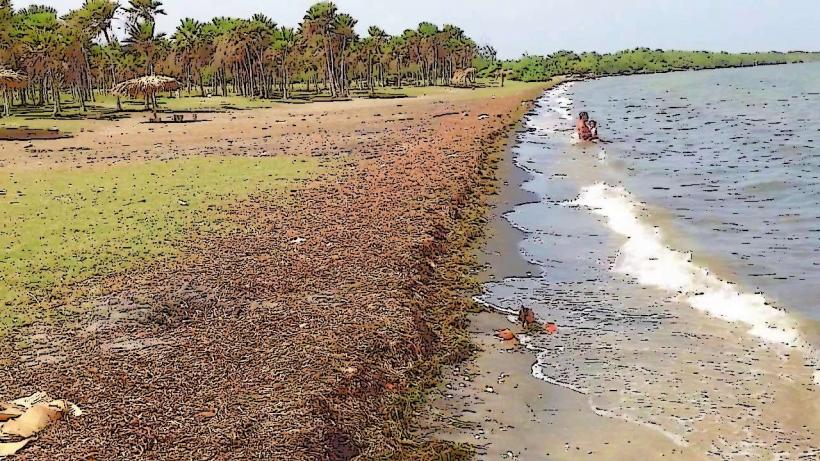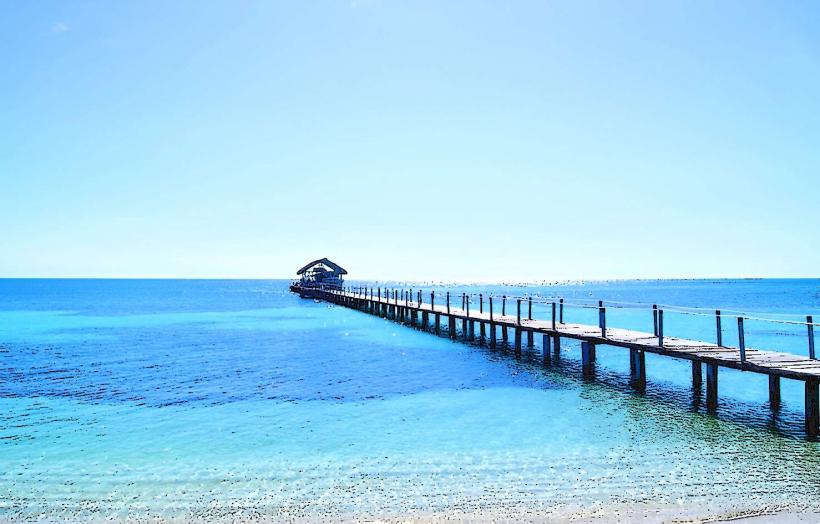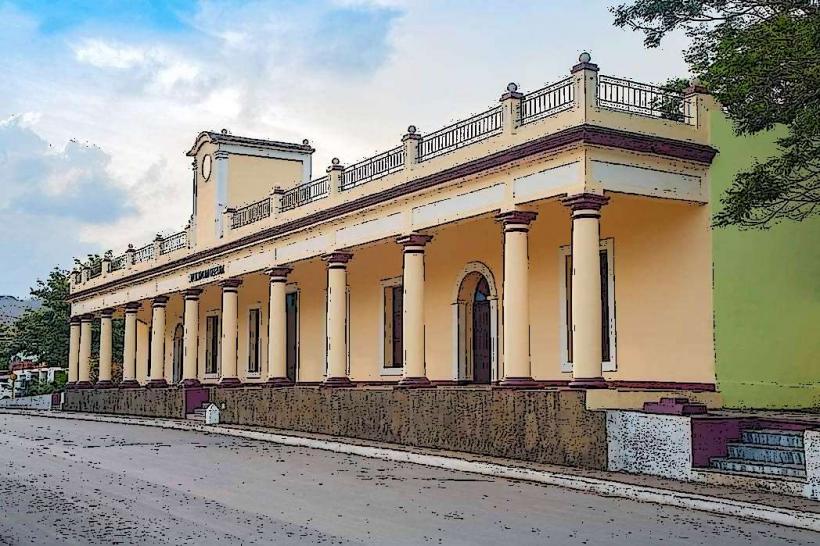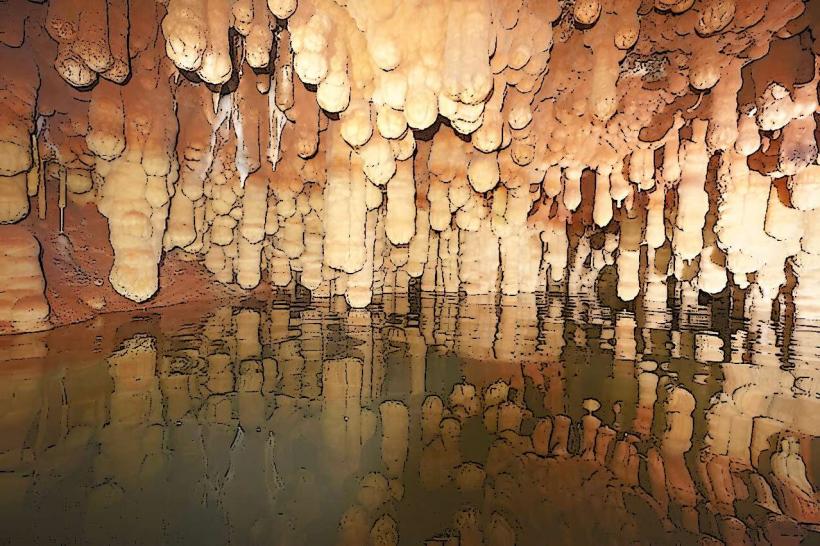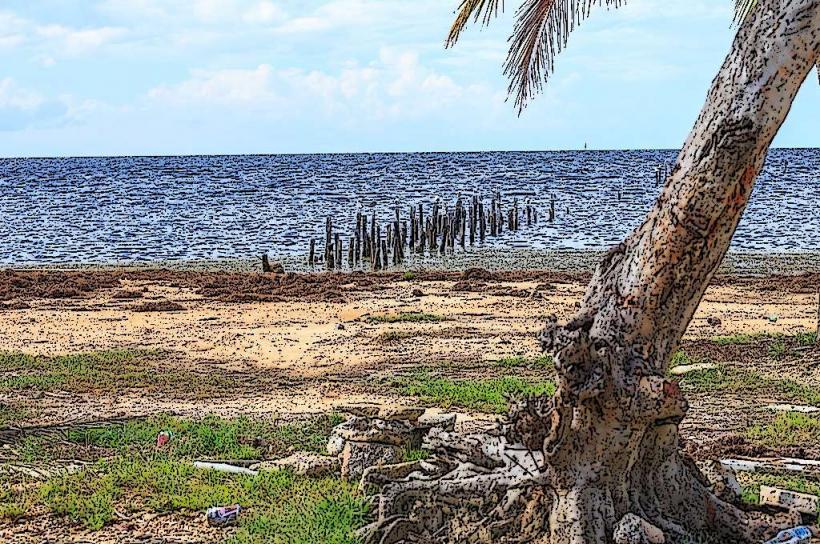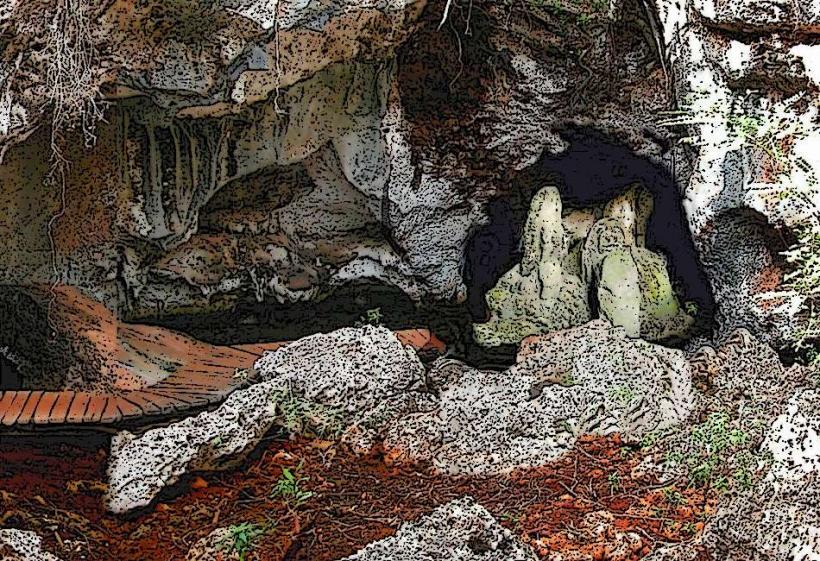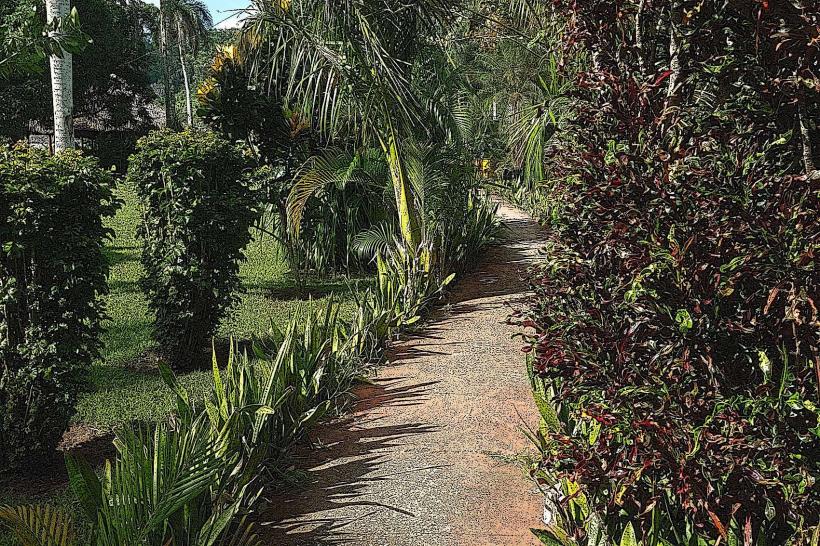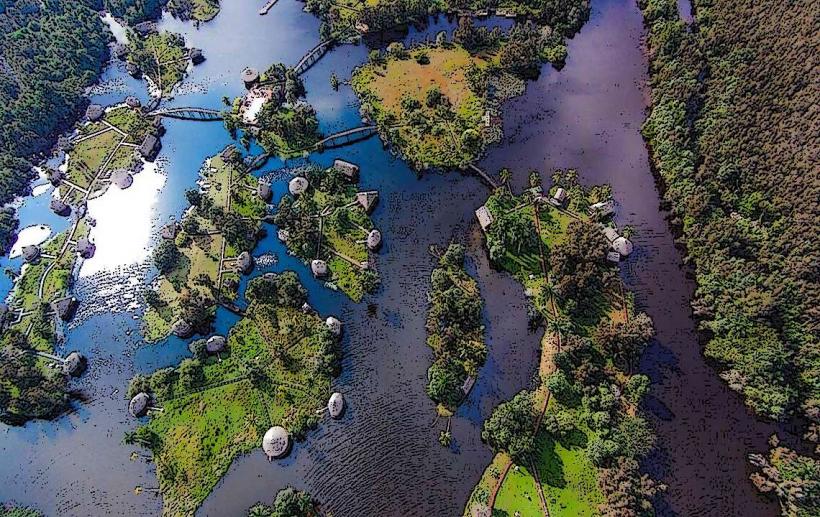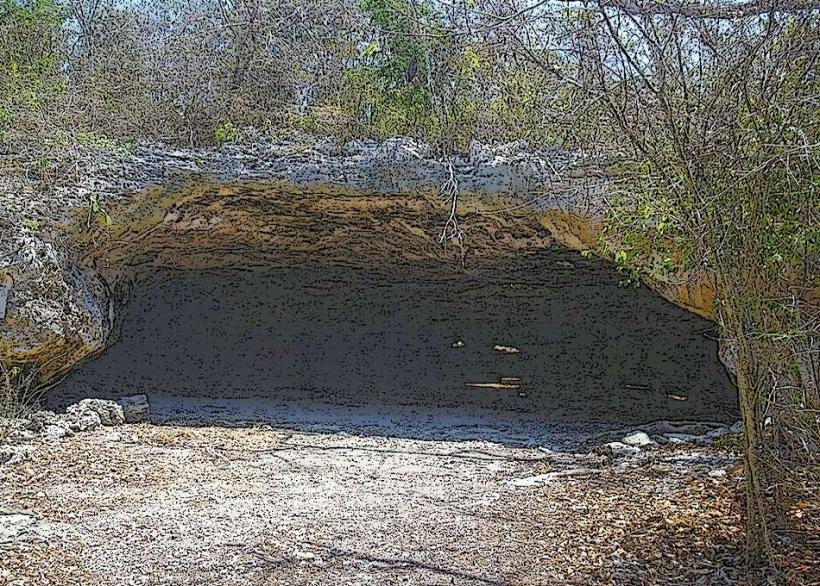Information
Landmark: Cueva de los PiratasCity: Isla de la Juventud
Country: Cuba
Continent: North America
Cueva de los Piratas (Cave of the Pirates) is a famous natural site located on the southern coast of Isla de la Juventud, Cuba. The cave is enveloped in mystique and legend, drawing tourists with its fascinating history tied to pirates, hidden treasures, and the island’s cultural heritage. It is one of the island’s popular attractions, offering a unique opportunity to explore both natural beauty and the enduring stories of the pirates who once roamed the Caribbean.
Location
Isla de la Juventud: The cave is situated on the southern coast of Isla de la Juventud, Cuba’s second-largest island, and is relatively close to Nueva Gerona, the island’s main town. It is located within an area known for its natural beauty, including beaches, forests, and coastal landscapes.
Access: Getting to Cueva de los Piratas usually requires traveling through the island by car or boat, as it is somewhat remote. Visitors can reach it from nearby points of interest or town centers, making it an accessible destination for those exploring the island’s natural attractions.
Historical and Legendary Significance
The name "Cueva de los Piratas" originates from the island's rich pirate history. The cave is believed to have been used by pirates during the 16th to 18th centuries to hide their loot and treasures. The legend has persisted over the centuries, drawing both historians and treasure hunters to the site.
Pirate Activity: Isla de la Juventud, due to its location in the Caribbean, was a prime spot for pirates, especially during the Golden Age of Piracy. Pirates used the island as a base of operations to plunder Spanish galleons carrying gold and silver from the New World. Cueva de los Piratas was purportedly one of the hidden refuges where they stored their treasures.
Treasure Hunts: The cave's association with pirates has made it a place of intrigue for treasure hunters and adventurers. While no treasure has been conclusively found, the idea that pirates once stashed riches within its depths continues to capture the imagination of visitors.
Historical Role: The cave also played a significant role in local history during the colonial period. It was a place of refuge for smugglers and rebels seeking shelter from authorities. Over time, it became entwined with the island’s folklore and pirate myths.
Geological Features
Cueva de los Piratas is part of Cuba’s karstic cave system, a type of cave formed from the erosion of limestone rock over millions of years. This geological process has created stunning rock formations and underground features, making the cave a remarkable natural site.
Stalagmites and Stalactites: Like many caves in the region, Cueva de los Piratas features stalactites (hanging from the ceiling) and stalagmites (rising from the floor). These formations were created through the gradual deposition of minerals, primarily calcium carbonate, over thousands of years.
Underground Pool: Inside the cave, there is often a small underground pool or stream, which enhances the site’s mystique. The clear waters are part of the overall natural beauty, and they reflect the surrounding rock formations, creating an almost otherworldly atmosphere inside the cave.
Entrance and Light: The entrance to the cave is typically wide and open, allowing for natural light to illuminate parts of the interior. Visitors can enjoy the sight of sun rays filtering through the cave’s opening, casting dramatic shadows and highlighting the textures of the rock formations.
Tourist Experience
Visiting Cueva de los Piratas offers an exciting combination of natural beauty and historical intrigue. The cave is accessible to tourists through guided tours, which provide insight into its geological features, historical significance, and the pirate legends that are still woven into the local culture.
Guided Tours: Most visits to Cueva de los Piratas are led by local guides who provide an in-depth explanation of the cave’s history, the pirate legends associated with it, and its geological formations. These tours often include a walk through the cave’s passageways and around the underground pools.
Exploration: Visitors can explore the interior of the cave, which consists of various chambers and passageways. The guides often lead groups through these areas, pointing out notable features and sharing stories related to the cave’s pirate past.
Photography: The cave is a popular spot for photography due to its dramatic lighting, crystal-clear waters, and fascinating rock formations. Many visitors capture images of the cave’s interior, especially when sunlight filters in through the entrance, creating a magical effect.
Eco-Tourism: The site promotes sustainable tourism and is part of Cuba’s efforts to preserve its natural heritage. Visitors are encouraged to respect the cave’s environment and avoid disturbing the fragile ecosystem.
Wildlife
Bats: Like many caves, Cueva de los Piratas is home to a variety of bats. These bats help control the insect population and are an important part of the cave’s ecosystem. However, they are generally only visible during nighttime tours or in the early hours of the morning.
Other Species: The surrounding area of the cave is rich in flora and fauna, and visitors may spot a variety of tropical plants and wildlife during their journey to the cave or in the nearby natural areas.
Conclusion
Cueva de los Piratas is a fascinating destination for those interested in both natural beauty and historical mystery. The cave’s stunning geological formations, underground pools, and the enduring pirate legends make it a unique site to visit on Isla de la Juventud. Whether you're drawn by the allure of hidden treasure or simply captivated by the cave’s natural wonder, a visit to Cueva de los Piratas offers a memorable experience for adventurers and history enthusiasts alike.

